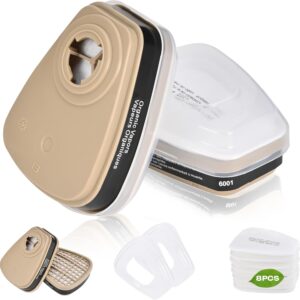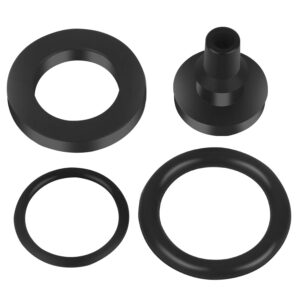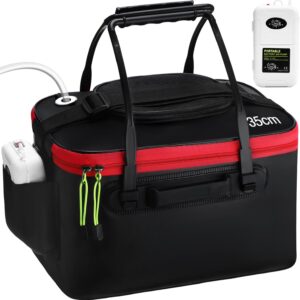Give No Pest a Chance in Your Home!
Great products for Pest Control!
Shop with usBest Sellers
-
Sale!

Carmelie Cat Flea and Tick Treatment + Dog Allergy Chews
$45.98Original price was: $45.98.$42.28Current price is: $42.28. Buy Now -

12‑Piece 6001 Respirator Filter Cartridge Set with 5N11 Prefilters
$12.99 Buy Now -

Rubbermaid Brilliance 44‑Piece BPA‑Free Food Storage Set
$129.99 Buy Now -
Sale!

Solar-Powered Ultrasonic Mole & Gopher Repeller Stakes
$159.99Original price was: $159.99.$42.99Current price is: $42.99. Buy Now -

Hoont Cat Repellent, Motion-Activated Sprinkler for Yard and Garden
$44.28 Buy Now -

Outpost Rat Bait Station: Tamper-Resistant Station That Mounts Horizontal or Vertical
$17.49 Buy Now -

Digging Dog Prevention Spray; Natural Oils; 32oz; 500 sq.ft
$15.95 Buy Now -

Only Natural Pet EasyDefense Flea & Tick Prevention for Dogs
$19.99 Buy Now
Recent Additions
-
Sale!

VAXMAY 4 Gallon Battery Backpack Sprayer, 100 PSI, Makita 18V Compatible
$96.99Original price was: $96.99.$87.29Current price is: $87.29. Buy Now -
Sale!

PetraTools HD4000 4 Gallon Battery Backpack Sprayer, 6-8 Hr Runtime, Up to 90 PSI
$299.99Original price was: $299.99.$199.99Current price is: $199.99. Buy Now -

T TOVIA 1L Electric Plant Mister: Battery Powered Garden Sprayer
$24.99 Buy Now -

SOLO 315-A Backpack Sprayer: 4-Gallon Viton(R) G7915559
$134.99 Buy Now -

Backpack Sprayer Seal Gasket Kit 182656: Viton Pump Service Kit
$16.99 Buy Now -

Engel Live Bait Cooler Box ENGLBC-N with 2nd Gen 2-Speed Aerator Pump
$94.99 Buy Now -

Frabill Magnum Bait Station Replacement Aerator, White
$39.23 Buy Now -

4 Gallon EVA Live Bait Bucket with Quiet Aerator, Foldable and Portable Two-Piece Set
$27.99 Buy Now